From the June 2015 issue of Apollo: preview and subscribe here
Elizabeth Bishop’s (1911–79) first collection of poetry, North and South, published in 1946, begins with a map. Under the poet’s gaze, it becomes a field of enquiry, and the poem a way of navigating it. Does the land lie in water, ‘or does the land lean down to lift the sea from under’? Bishop scans the spatial relationships: ‘the names of seashore towns run out to sea / the names of cities cross the neighbouring mountains…profiles investigate the sea’. Her active looking animates the image, not only in the attribution of agency to peninsulas and bays – ‘Norway’s hare runs south in agitation’ – but in the ekphrasis, which transforms the map into a living scene. The water is ‘shadowed green’, the shadows (‘or are they shallows’) show ‘the line of long sea-weeded ledges / where weeds hang to the simple blue from green. In ‘Love Lies Sleeping’, from the same collection, the view, as though from a great height, is of ‘an immense city, carefully revealed / made delicate by over-workmanship, / detail upon detail, / cornice upon facade…skies of water-glass / from fused beads of iron and copper crystals’.
Throughout her life Bishop remarked that she wished she had been a painter and in her letters more often enthused about art and artists than writers, once telling Robert Lowell that he was the one living poet she could bear to read. Yet it was only when an exhibition of her paintings was organised in 2011 that those who don’t pay attention to the credits of book-cover artists (Bishop’s paintings adorned three of her collections) discovered that she did indeed paint, even if she didn’t consider herself a ‘painter’. The 40 or so surviving works inevitably drew comparisons with her poems. They are mostly small, 8 x 10 inches or less – the size of an exercise book, painted with gouache or watercolour on thin paper and torn around the edges or beginning to disintegrate. Their scenes are quiet and usually peopleless: a tea set, a lamp, an empty room, flowers, buildings. Many were given as gifts, others are records of places and things. A lifelong stipend from her father (he died not long after she was born) allowed Bishop to travel and she would complain if she came across something she admired and didn’t have her paint box. Though her paintings are of settled scenes rather than fleeting moments, their freshness suggests a desire to preserve the first contemplation. In ‘Questions of Travel’ she writes: ‘but surely it would have been a pity / not to have seen the trees along this road, / really exaggerated in their beauty / not to have seen them gesturing / like noble pantomimists, robed in pink.’
Bishop’s poems are never merely descriptive; they move over surfaces upsetting hierarchies and perspectives, subverting assumed ways of seeing, or reading. Like the best paintings, their tonal interplays, intricacy of form and thought, and endless suggestiveness reward careful deliberation. The affinity with visual art runs deep: Bishop was delighted when the poet and critic Randall Jarrell invoked Vermeer in a review of her second book – the artist had clearly been on her mind, because she wrote to Jarrell that ‘it has been one of my dreams that someday someone would think of Vermeer without my saying it first’. The novelist Colm Tóibín, in his new book On Elizabeth Bishop, sees congruity with Cézanne in her discrimination of surfaces, and with Hammershøi in her silences and restraint. She collected art, idiosyncratically. Her college roommate and friend, Margaret Miller, a MoMA curator, introduced Bishop to new European artists and she bought what she could: a Schwitters collage for her partner Lota, two Kokoschka lithographs, a Picasso etching. She wrote about her love of Klee and Grosz and made box assemblages inspired by Joseph Cornell. Many of her friends were artists – Loren MacIver, Kit Barker, Patrick Humble, Joseph Glasco, and especially Alexander Calder, who delighted her when he visited with his outrageous drinking, love of samba and the ‘old-fashioned uncompromising New England honesty of his character’.
Bishop was dismissive of her paintings, insisting that ‘they are Not Art – NOT AT ALL’, but nonetheless they reveal a good eye for colour and pattern, and, if not equivalent to the poems, are an extension of sensibility: the never quite off-duty poet. Her love of foliage is everywhere, from the fronds of Mérida from the Roof (1942) and the palms of County Courthouse (c. 1938) to the delicate red blossoms of Tombstones for Sale and the many vases of flowers, rendered with careful realism in Pansies (1960) and elsewhere – such as Flower, Bobby and Arthur – with an impressionistic joie de vivre. Especially good are two scenes where the world beyond is framed by an interior. In Cabin with Porthole the room is strewn with the paraphernalia of travel (and writing): bags, books, papers, notepads. The porthole window is raised and the sea beckons, a circle of blue against cream walls, set between dark curtains like a picture just uncovered. Interior with Extension Cord has the same wobbly lines as her other paintings, but here they work jauntily against the whitewashed interior – the black extension cord cuts across the angles of walls and ceiling like the branch of a Calder mobile – and the room’s simplicity is offset by the greenery outside, which nearly fills the open doorway.
The paintings are a record of her travels – she lived, among other places, in Key West, Brazil, Boston – but the landscapes of Nova Scotia, her birthplace, stayed with her. ‘But, oh dear,’ she wrote to Lowell, ‘My aunt writes me long descriptions of the “fall colours” in Nova Scotia and I wonder if that’s where I shouldn’t be after all.’ Among her artworks was a small painting by a great uncle, described in ‘Poem’ as having the same ‘white, gray greens and steel grays’ as a dollar bill, and about that size. The tiny cows of only ‘two brushstrokes each’ stand in a meadow before the church, its steeple a ‘gray-blue wisp’. Her own painting of the village, if it is the same one – it’s certainly Nova Scotia – is unexpectedly warm; yellow land against the yellow sky of the bare paper, the dark trees contrasting with the brilliant white of the houses and the lilac river. Bishop’s poems are traced with colour. The ‘brown skin’ of a fish hangs ‘in strips / like ancient wallpaper’. Bromelias are ‘blood-black’, the sunrise ‘milk-white’, lichens – ‘still explosions’ on a rock – grow by spreading ‘gray, concentric shocks’. Across the city ‘neon shapes’ seem to float ‘down the gray avenue between the eyes / in pinks and yellow, letters and twitching signs’. Looking at her great uncle’s painting and remembering the childhood scene she considers the forms of distance imposed by art and memory: the ‘two looks’ are so close as to be almost the same, ‘art “copying from life”’ and ‘life itself’, or rather ‘the memory of it so compressed’.
Why do writers paint? Those that have range from Goethe, Baudelaire, the Brontës, Proust and Kafka to Djuna Barnes, E.E. Cummings, Flannery O’Connor, Kerouac. Some, a few, have been successful at both (Strindberg, Carrington, Cocteau, Kokoschka) and others, like Blake, have worked in word and image combined. Many had artistic families – Yeats, whose brother and father were painters, David Jones, Wilkie Collins, Kurt Vonnegut and so on. Others, like Marianne Moore, whom Bishop called ‘the world’s greatest living observer’, turned to writing as a more reliable source of income. ‘It’s silly for me to paint,’ she wrote to a friend, ‘when I couldn’t make a cent at it and when I’d do it badly if I had to make a cent at it’. It was easier to resist specialisation for those who didn’t have to worry about money and it helped to be close to movements that encouraged the duality – the New York School, the Bloomsbury Group, Paris in the heyday of its ‘isms’, where, in Pound’s words, one could imagine an ‘aesthetic which carries you through all the arts’.
Sylvia Plath first studied art – her early paintings, like Two Women Reading and Nine Female Figures are bright and modern – before concentrating on literature, but continued to draw. The ink drawings she made on her honeymoon were first exhibited two years ago: a French street scene, a tumbledown cottage, small boats beached askew on the river bank, and little set pieces – crockery, thistles, conkers, a pair of shoes. Her line is strong and expressive and her modelling mostly good and full of character. They are records on scraps of paper, with a lightness quite removed from her poems. (One is titled Curious French Cat, another Ubiquitous Umbrella.) While working as a journalist for the Christian Science Monitor, Plath’s articles had grown out of her illustrations; her imagination, she said, was ‘visual’ and drawing was a way of getting to know a subject, almost physically. In an account of sketching the Pont Neuf she describes knowing the structure ‘through the fibre of my hand’.
Careful looking, whether it results in a poem or picture, initiates a transformation; the mind’s act of organising, in Blake’s phrase, the ‘minute particulars’. In her letters Bishop often describes scenes in terms of paintings: the alps from the air looked exactly ‘like some of Klee’s paintings’. After seeing a Julius Bissier show ‘the world looked all like Bissier for a long time, here, there, and everywhere’. The way to judge a poem, she said, was to see if ‘the world looks like that poem for twenty-four hours…and the same goes for painting’. Seeing the world as a painter might, as a series of decisions and compositions, can be the first stage in Bishop’s poems, but they never remain there; the portrait of an object or place becomes one of the observer’s shifting consciousness. ‘The Monument’ begins ‘Now can you see the monument? It is of wood / built somewhat like a box’, but immediately corrects itself, not just like a box but like several descending in size. She walks us around the object, noting how each part is turned ‘half-way round so that / its corners point towards the sides / of one below’, describing its ecclesiastical decorations – ‘fleur-de-lys of weathered wood’ – and sets it in a composition that’s one third sea, two-thirds sky. ‘Why did you bring me here to see it?’ asks a second voice, and she replies that although it’s merely an object, it has a sort of life which makes ‘the beginning of a painting, / a piece of sculpture, or poem’.
Bishop was self-deprecating, to the point of insistence, about the non-professionalism of her art, much like Charlotte Brontë (a fine draughtsman), who dismissed her own efforts as having ‘wasted a certain quantity of Bristol board and drawing paper’. But one senses a certain pride in Bishop’s primitiveness. While working, briefly, as a writing tutor at a correspondence school she noted that her students had ‘one thing common to all their “primitive” writing…its slipshoddiness and haste’. The primitive painter – like her – ‘loves detail and lingers over it’ but the primitive writer ‘seems in a hurry to get it over with’. In one letter she writes ‘there is an apple tree here – a very small one that looks exactly like a child’s drawing of an apple tree – and not too much unlike mine’; in another she says: ‘Yesterday I actually got out my watercolours and designed my own book jacket.’
Living in Brazil in the 1950s, Bishop wrote to Lowell about her cook’s artistic prowess: ‘While we were away the cook took up painting,’ she says, and then ‘hers are getting better and better and the rivalry between us is intense’, until finally ‘the cook was wonderful but it finally got to be a choice between Art and Peace, and tranquillity seemed more important than a masterpiece every afternoon’. Maintaining tranquility for her own painting meant protecting a space of creative freedom but also being under its protection. There is a certain comfort in reassuring yourself, as she did, that ‘if I were a painter none of this would ever have happened, or so I keep telling myself.’ But the distinction is also one of respect for the labour of writing. ‘The word creative drives me crazy,’ she said in an interview, ‘I don’t like to regard it as therapy…it’s true, children sometimes write wonderful things, paint wonderful pictures, but I think they should be discouraged.
Alice Spawls works at the London Review of Books.
Click here to buy the latest issue of Apollo
Unlimited access from just $16 every 3 months
Subscribe to get unlimited and exclusive access to the top art stories, interviews and exhibition reviews.

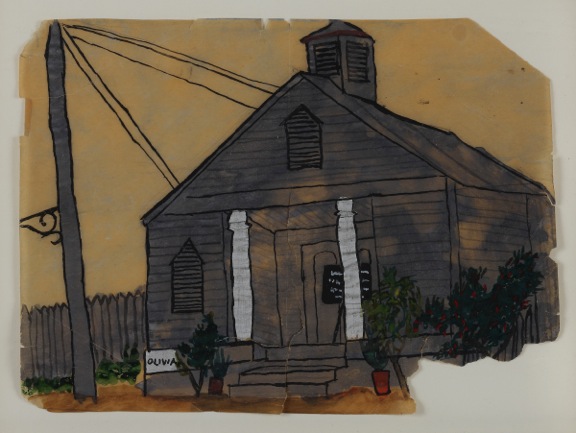
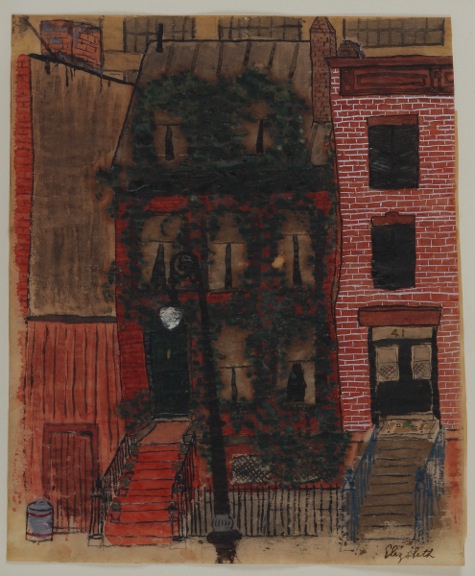
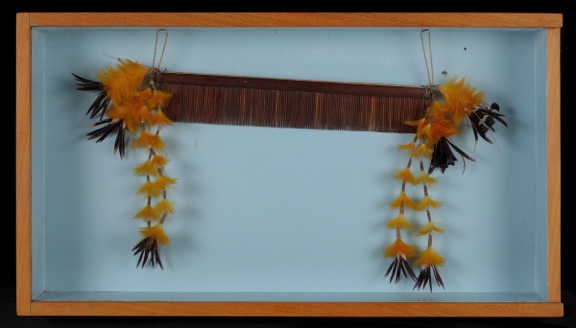
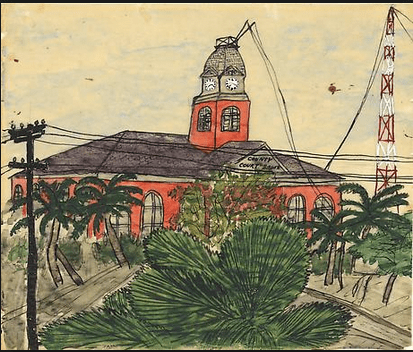
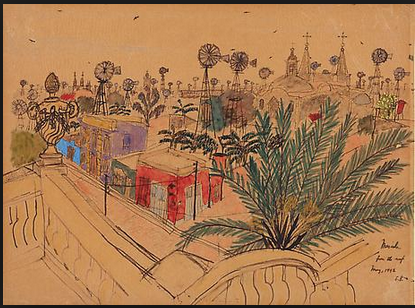
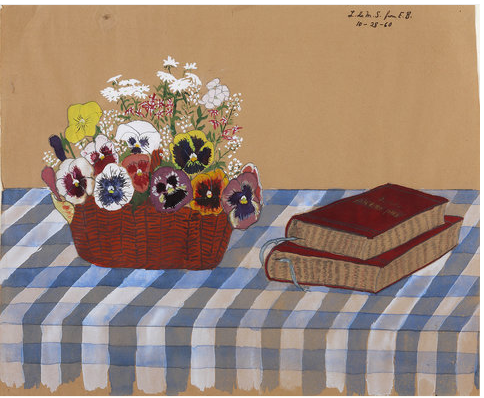
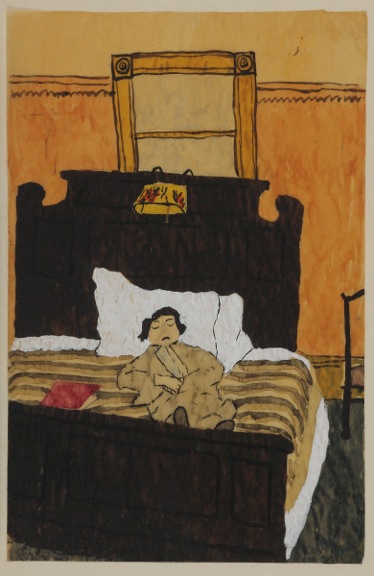
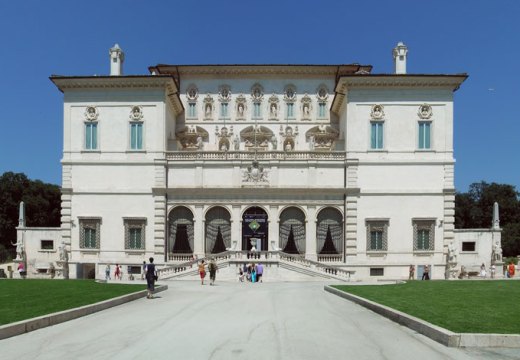
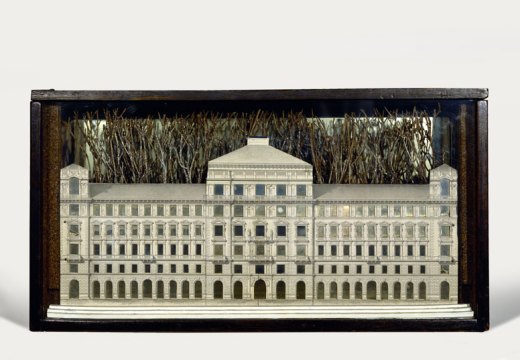









![Masterpiece [Re]discovery 2022. Photo: Ben Fisher Photography, courtesy of Masterpiece London](http://www.apollo-magazine.com/wp-content/uploads/2022/07/MPL2022_4263.jpg)
It’s time for the government of London to return to its rightful home